
The Week That Was In Motorsport: June 15-21
- Jun 22, 2020
- Views : 962


It’s funny how much things can change in three months. Back in March, there were talks of cancelling the 2020 F1 season altogether as the COVID-19 pandemic spread through the world. And now even amidst ever rising case and casualty numbers, people are craving some semblance of normality.
To many motorsport fans that means waiting for the day that 20 drivers line up to a starting grid ready to unleash 1,000bhp from their F1 cars and continue the story of the most prolific racing series ever. That day will come on July 5 in Austria and then, as far as F1 fans are concerned, 2020 will finally be worth remembering.
What is it?
The FIA Formula 1 World Championship officially got underway on May 13, 1950, at Silverstone in Great Britain. Although the term Formula 1 predates the world championship by four years. Soon after the end of World War II, the precursor to the FIA drafted a set of regulations for building Grand Prix cars and running races. The first F1 race was the 1946 Turin Grand Prix.
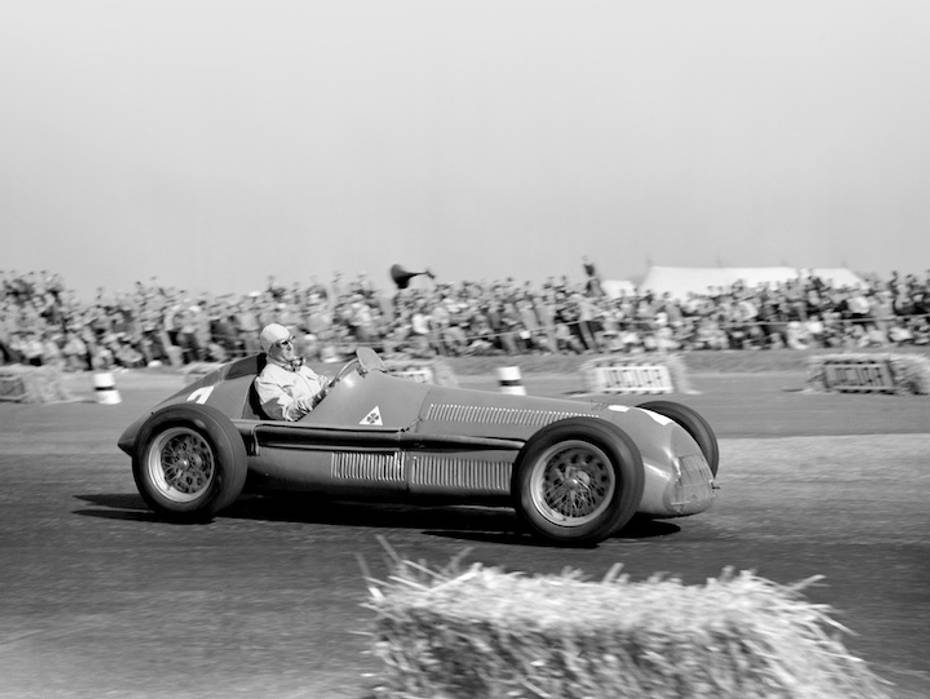
Italy’s Giuseppe Farina was F1’s first world champion after the conclusion of the 1950 World Championship season that consisted of just seven races. There were many others held in that calendar year but most of them were non-championship rounds. And to be perfectly fair, there really were only six championship rounds instead of seven. The Indianapolis 500 was part of the calendar too, although no drivers from North America’s most prestigious single-seater race took part in any of the six European rounds. No European driver aside from Alberto Ascari -- F1’s 1952 champion -- took part in the Indy 500 either when it was a part of the F1 calendar from 1950 to 1960.
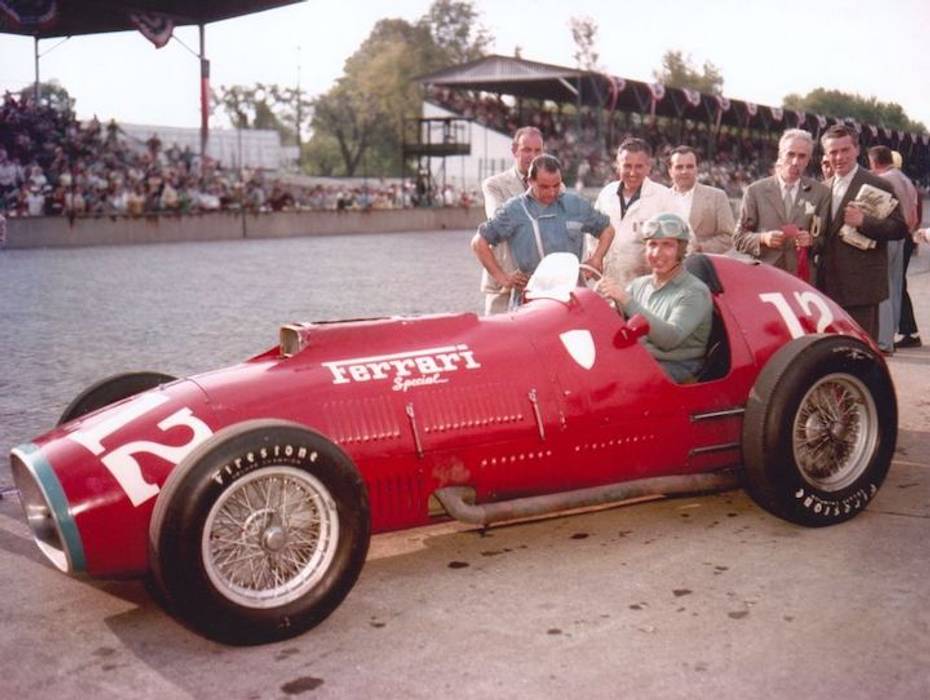
F1 slowly started to expand to continents outside of Europe on its own -- three races were even held in India -- and before the COVID-19 pandemic this year, it was set to visit a record 22 destinations. Some of these places are a head-scratcher to someone who has only recently started following F1. Azerbaijan and Vietnam, for instance, are not destinations one would expect. However, it brings home another side of F1, which is advertising value hosting a race has for a country. China, Russia, Abu Dhabi, Singapore and Bahrain pay hefty race hosting fees while using the hosting of a major sporting event like F1 as a means to showcase themselves to the world.
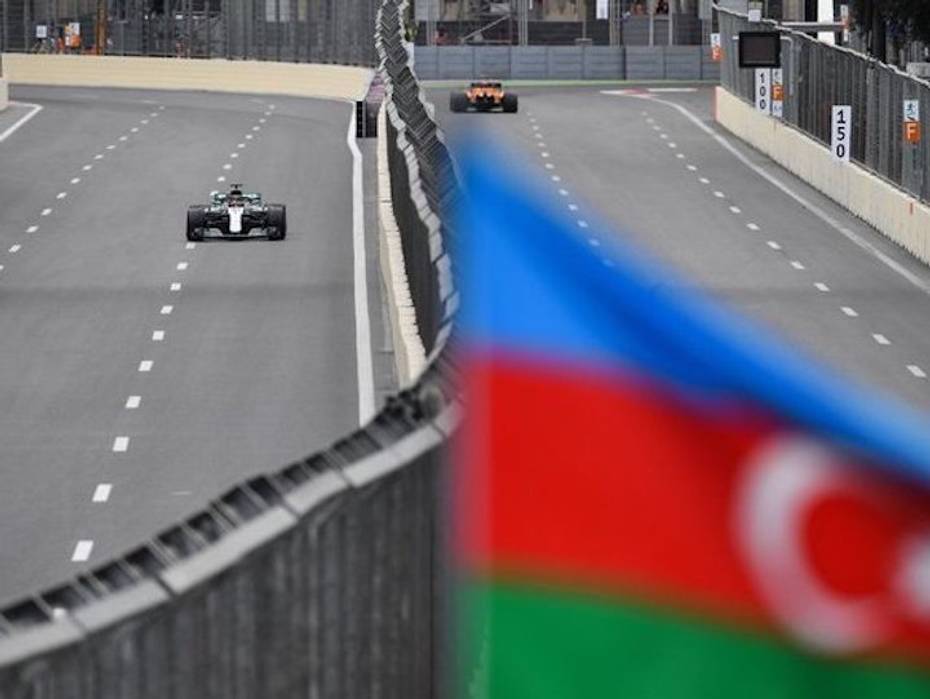
At its heart, however, F1 is an all-consuming passion that makes privately owned teams and official entries by manufacturers invest hundreds of millions of dollars every year. The primary payoff is the competition itself, especially for privateers. For the car manufacturers, success in F1 adds a layer of glamour and technical know-how to their brand. Failure, especially in today’s social media-driven era, can make a manufacturer look very silly. But the lure of success through steady improvement keeps the auto industry interested. And the fact that the on-track action makes for damn good theatre helps too.
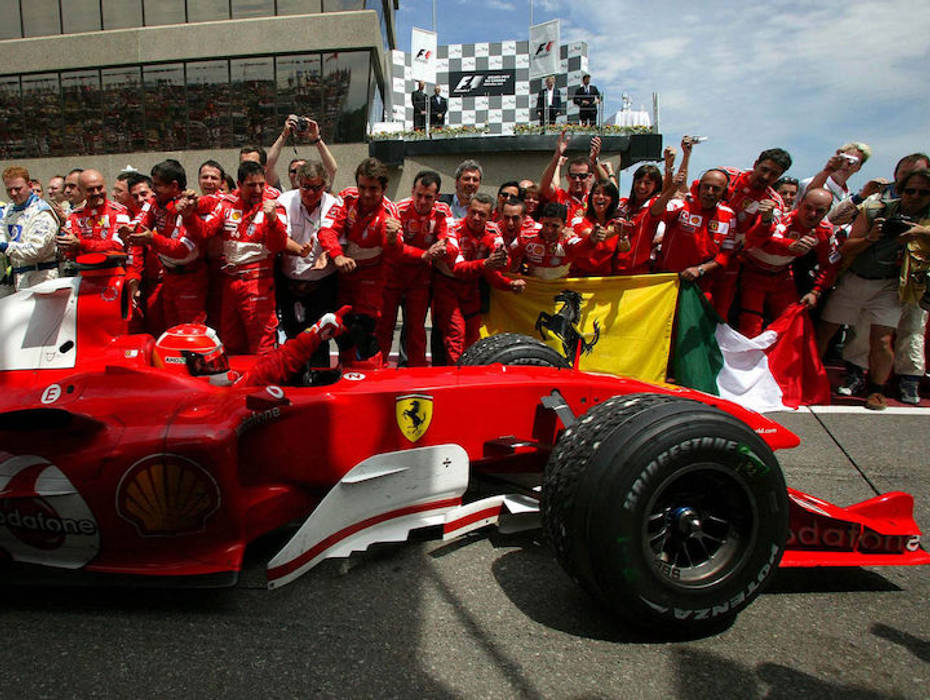
Ferrari’s constant presence since the opening season is one of the reasons why it is the most successful team in F1’s history with 15 drivers’ championships and 16 constructors’ championships along with 238 wins. Michael Schumacher was a major factor in reviving Ferrari’s flagging fortunes in the 1990s and enjoyed a period of success that made him F1’s most successful driver. The German has 91 wins and seven titles to his name but of late, Lewis Hamilton has crept ever closer and the defending world champion has 84 wins and six titles to his name.

How is it run?
An F1 Grand Prix lasts for 300km plus one lap of whichever circuit a race is held on, with the exception of the Monaco Grand Prix. The tight confines of the Circuit de Monaco make it impossible to finish a normal race distance within the two-hour limit set for a Grand Prix. Three practice sessions are used by teams to fine tune their setups for the race weekend.
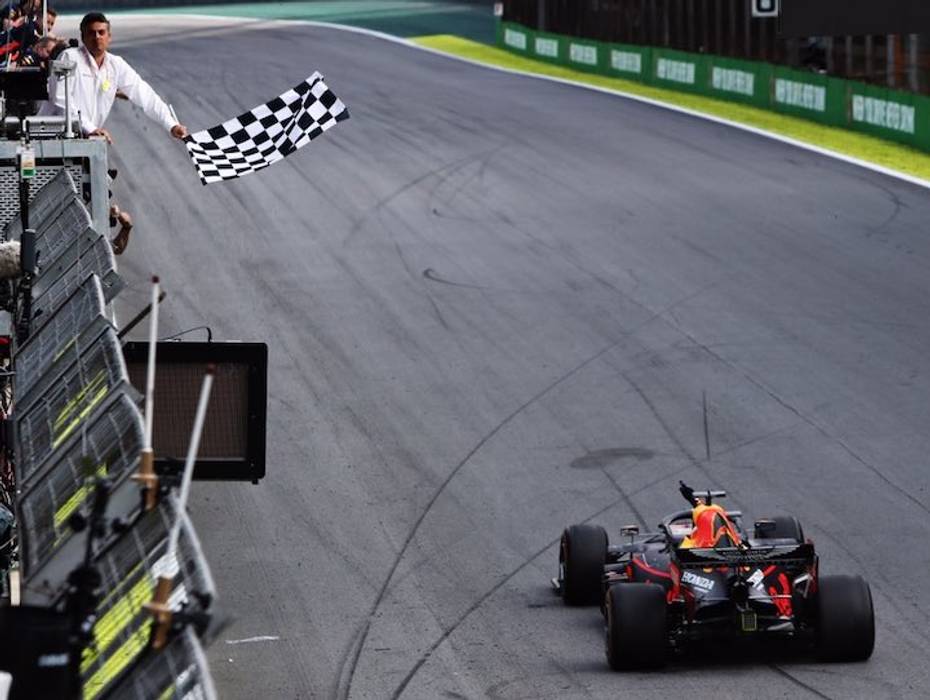
The two 90-minute practice sessions on a Friday (Thursday for Monaco as Friday is an off-day) allow teams to focus largely on race strategy. A one-hour practice session on a Saturday allows teams to focus on ultimate one-lap pace just before a knockout qualifying system. Three mini qualifying sessions whittle down the 20 driver field until ten drivers compete for pole position. The five slowest drivers are eliminated after Q1, five more after Q2 until Q3 sees drivers setting the fastest time possible while using the tyre compound they will start Sunday’s race on.
No refuelling is allowed during a Grand Prix, which was done strategically from 1994 to 2009. Now the strategy element -- which inevitably comes into play over the course of 300kms -- is of tyre usage. A soft, medium and hard compound of dry weather tyre is offered to teams. A driver has to use at least two dry weather tyre compounds over the course of a race.
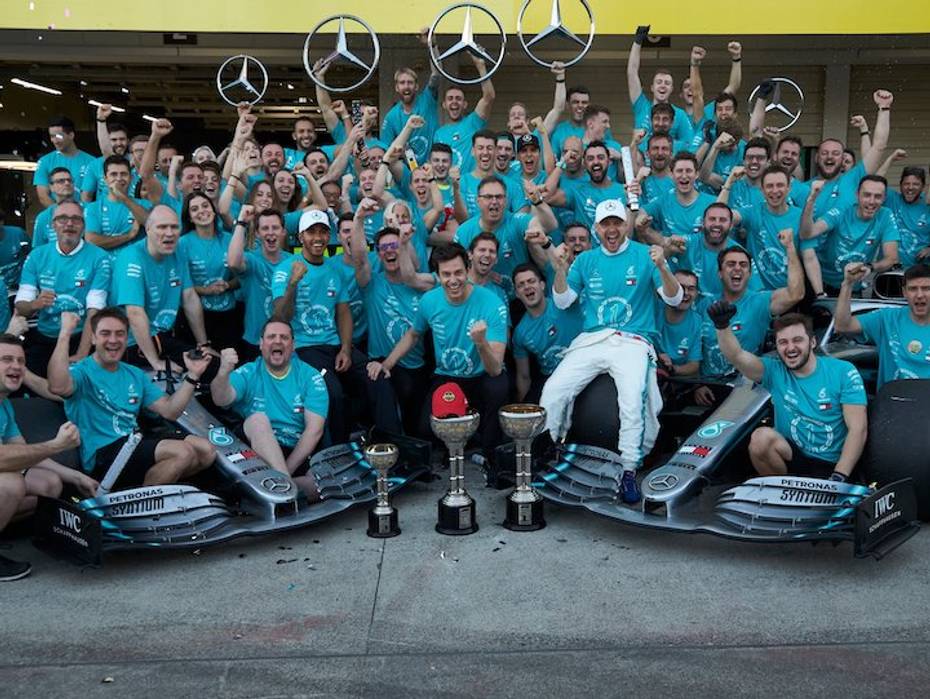
Due to the many technical performance differentiators among teams -- mainly aerodynamics and how much money a team is capable of spending on it -- tyres are the one aspect of racing that has been kept the same. Of course, F1 is headed for an even more drastic attempt to level the playing field in 2022 as it keeps evolving and continuing to keep its fans hooked to the drama that unfolds.

The Week That Was In Motorsport: June 15-21

Vayve Eva Vs VinFast VF3: Specifications, Powertrain, And Features...

JSW MG Motor India Revealed Their New SUV, The MG Majestor At Auto...

The Story Of Tata Sierra: An Icon India Missed And Now Eagerly Awaits

VinFast VF3 vs MG Comet EV: A Detailed Comparison Of The Two Cute And...

Auto Expo 2025: Tata Sierra ICE Concept Breaks Cover, All Details...

Budget 2025: More Fuel For Your Auto Dreams?

Auto Expo 2025: Check Out New Cars From Mercedes-Benz Showcased At...

Here’s A List Of All Cars That Will Be Coming To The Auto Expo...
India's largest automotive community
 MG’s New ‘Select’ Dealerships: A Premium Playground for Luxury EVs
MG’s New ‘Select’ Dealerships: A Premium Playground for Luxury EVs
 Honda City Apex Edition Reaches Dealerships, Here’s Everything You Need To Know About It!
Honda City Apex Edition Reaches Dealerships, Here’s Everything You Need To Know About It!
 BYD Sealion 7: Check Out How It Looks Like In Different Colours Via Real-Life Images
BYD Sealion 7: Check Out How It Looks Like In Different Colours Via Real-Life Images
 MG Windsor EV: The Hottest-selling EV In Its Segment, But Why?
MG Windsor EV: The Hottest-selling EV In Its Segment, But Why?
 Rolls-Royce Ghost Series II
Rs. 8.95 Crore
Rolls-Royce Ghost Series II
Rs. 8.95 Crore
 Kia Syros
Rs. 8.99 Lakh
Kia Syros
Rs. 8.99 Lakh
 Vayve Mobility Eva
Rs. 3.25 Lakh
Vayve Mobility Eva
Rs. 3.25 Lakh
 BMW X3
Rs. 75.80 Lakh
BMW X3
Rs. 75.80 Lakh
 Hyundai Creta Electric
Rs. 17.99 Lakh
Hyundai Creta Electric
Rs. 17.99 Lakh